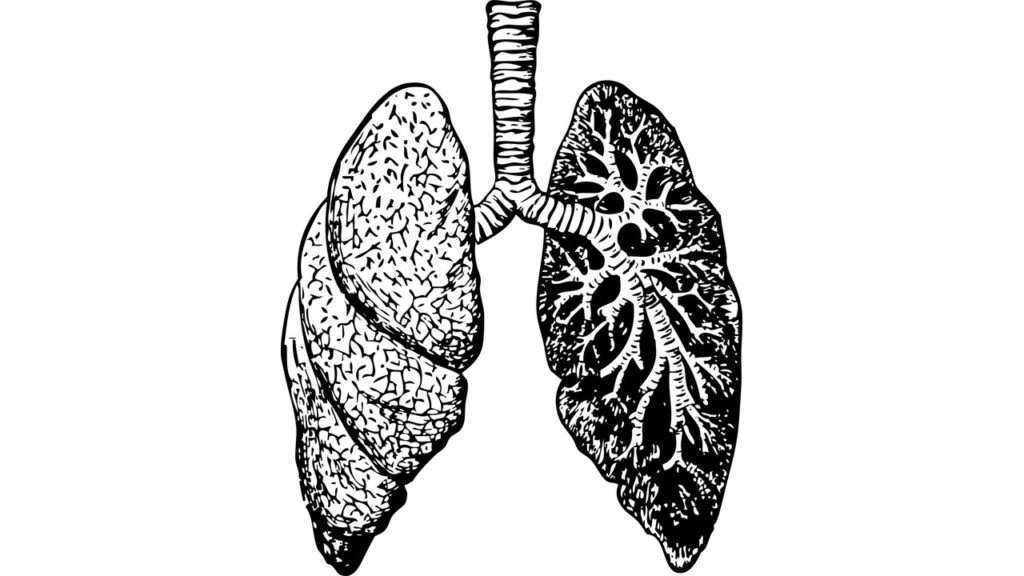The attractions industry are problem-solvers
By Judith Rubin
Given the versatile, problem-solving, tech-savvy creativity of the themed entertainment community, could some industry members support the industrial supply chain with additive manufacturing of ventilators or ventilator components in the current global pandemic?
There is currently a fair amount of discussion on this timely topic, some of it in reference to the BARDA specification (BARDA = Biomedical Advance Research and Development Authority, under the umbrella of the US Dept. of Health and Human Services). COVID-19 can seriously impair respiratory function, and there is an anticipated shortage of ventilators.
Could this much-needed medical device – or key parts for same – represent an undertaking for companies with expertise in fabrication, engineering and effects?
We reached out to Mad Systems and Animax Designs for opinions. Article updated March 30, 2020.
Maris Ensing, Mad Systems Inc.
Mad Systems Inc provides audiovisual systems and customized interactive experiences, specializing in innovative and unique solutions. When we first approached him on the topic, VP/Lead Engineer Maris Ensing was emphatically discouraging. While acknowledging the ingenuity and capabilities of the industry, he cited the need for certain kinds of expertise: medical, electrical, scientific and R&D. “Most of us don’t have the background and are not set up for it,” he said.
However, Ensing’s natural inventiveness seems to have come to the fore since our initial conversation, and sent him into the workshop, where he has been developing a new ventilator prototype. He has consulted with health professionals and is reaching out to government agencies.
Rob Gosnell, Animax Designs, Inc.
Animax is a design and engineering company known for intelligent animatronic figures, interactive characters, animated costumes, and mechanized & traditional puppetry, with a dedicated R&D center. Rob Gosnell, Director of Research and Development, saw some areas of opportunity, with a number of caveats.
“I think that it is feasible that we could produce components that could be used in ventilators,” he said. “However, there are a number of red flags that come up when talking about medical devices. These devices require a lot of testing and are under heavy regulation. We would have to have a proven and verified design to go from. Also, ours is not a manufacturing plant so production would not be very fast.
“I could see us using our 3D printer to produce some of the components if our machine was able to run the correct material. Off the top of my head, the quickest solution we could produce would be to automate a handheld bag mask. If we could put a servo on a bag mask and program a controller to squeeze the bag like a technician would do, then we could have a decent DIY ventilator. Again, approvals from the FDA might get in the way.”
Within the 3D printing community, some independent manufacturers have already been actively working to create components needed to keep life-saving devices functioning in the current pandemic. Stephen M. Andersen, P.E., Vice President of Operations at Animax, shared an article about recent instances where much-needed valves were supplied to hospitals in Italy.
Acknowledgments and thanks to Louis Alfieri of Raven Sun Creative, who first brought this topic to our attention.
How can themed entertainment industry suppliers and creatives put their ingenuity to work in the pandemic? We want to hear from you. Contact InPark Editor Judith Rubin with your thoughts for our next column.

